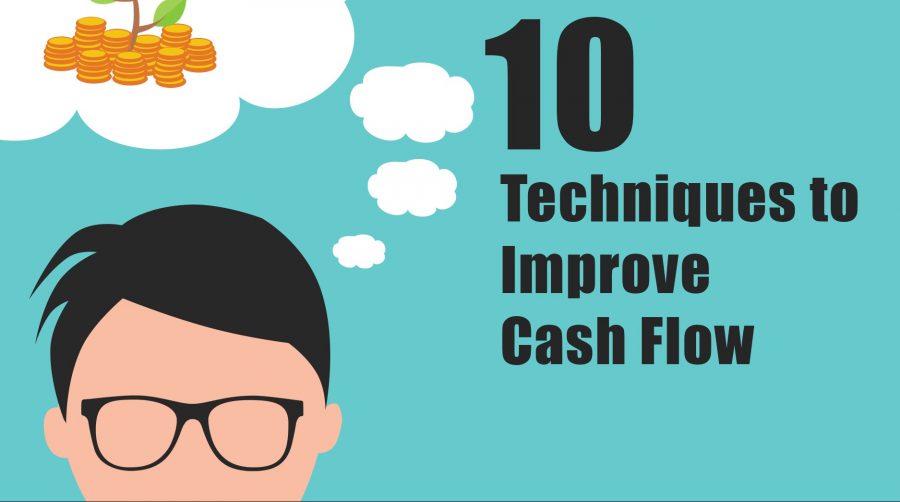One key indicator to measure the financial health of the business is by analyzing its CASH FLOW. Cash comes in from additional investments, loan proceeds, generated sales, liquidation of assets and is used to pay operating and direct expenses to sustain company’s daily costs.
 It is the difference between the cash available at the beginning of the accounting period (opening balance) and at the end of the period (closing balance).
It is the difference between the cash available at the beginning of the accounting period (opening balance) and at the end of the period (closing balance).
Positive cash flow means that the company’s cash-on-hand or liquid assets are increasing, which indicates good financial health. Having enough cash-on-hand would enable the business to pay its operational expenses such as labor, utilities and creditors.
On the other hand, negative cash flow indicates that liquid assets are decreasing. If a business comes out short on cash and unable to pay its obligations, it will experience a cash flow crunch. Thus, it is important to manage cash flow carefully and set aside emergency reserves to cushion any unexpected events.
2. Accounts Payable – cash-out-flow (bills payment like rent, electricity, water, labor)
3. Shortfalls – unexpected out-flow of cash in other words – out of cash

You must have a better understanding of these basic elements in order to keep you or your business financially healthy. Having good and well-managed finances keep will help your business achieve its infinite success.
Here are 10 points to consider in managing your cash flow successfully:
Have enough funding or extra money
 It is a good practice to set aside extra funds for emergency use. These funds can be from your own personal money or thru funding. You can also explore more about how to secure funding for startups.
It is a good practice to set aside extra funds for emergency use. These funds can be from your own personal money or thru funding. You can also explore more about how to secure funding for startups.
Encourage customers to get one time payment rather than installment
Offer payment discount to clients who pay one time and be strict when giving or approving credits.
Extend payables as much as possible
Get the best deal on your payables. Maximize due dates when paying. If payment is due on the 30th, don’t pay it in the 15 days. The longer the term given by the supplier the better. However, make sure you pay on due dates to avoid penalties and other late charges.
Make use of different payment channels
Utilize the advancement of technology and use it to your advantage. Payments can now be made easily using real-time online banking transfer or thru various remittance or payment centers.
Select favorable payment terms
 Don’t always deal on the lowest price. The more flexible payment terms are, the better it would be for your cash flow as it gives you less outlays of cash.
Don’t always deal on the lowest price. The more flexible payment terms are, the better it would be for your cash flow as it gives you less outlays of cash.
Find ways to reduce expenses
As the company continuously grow, expenses will follow. Take time to sit down and analyze expenses carefully. You have to examine costs to find ways of cutting down or controlling them.
Give incentives to increase sales
One way of encouraging the sales team to sell a product is by giving rewards. You can give certificate of appreciation during office meetings, set-up a bonus system like cash incentives, or dine out with employees who were able to close a deal.
Maximize the use of your credit card
 Credit cards are very useful if you fully understand the basic cash flow management. These give you more time for repayment, which is usually 30 days from date of purchased. Some may even stretch repayment period to months depending on your billing cut-off. Avail of credit card promotions too like zero percent interest for certain terms.
Credit cards are very useful if you fully understand the basic cash flow management. These give you more time for repayment, which is usually 30 days from date of purchased. Some may even stretch repayment period to months depending on your billing cut-off. Avail of credit card promotions too like zero percent interest for certain terms.
Attract customers to pay earlier
Entice your customers to pay before due dates by offering early payment discount or freebies.
Avail of tax discounts
Some government bureau offers significant discount to business taxpayers depending on your geographical location. Know more about taxes on Tax Calendar topic.











